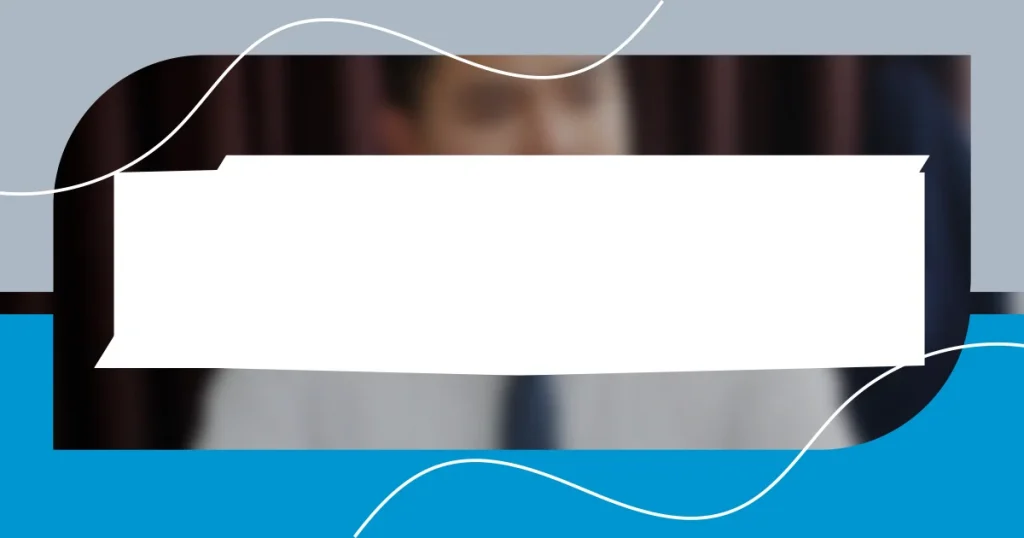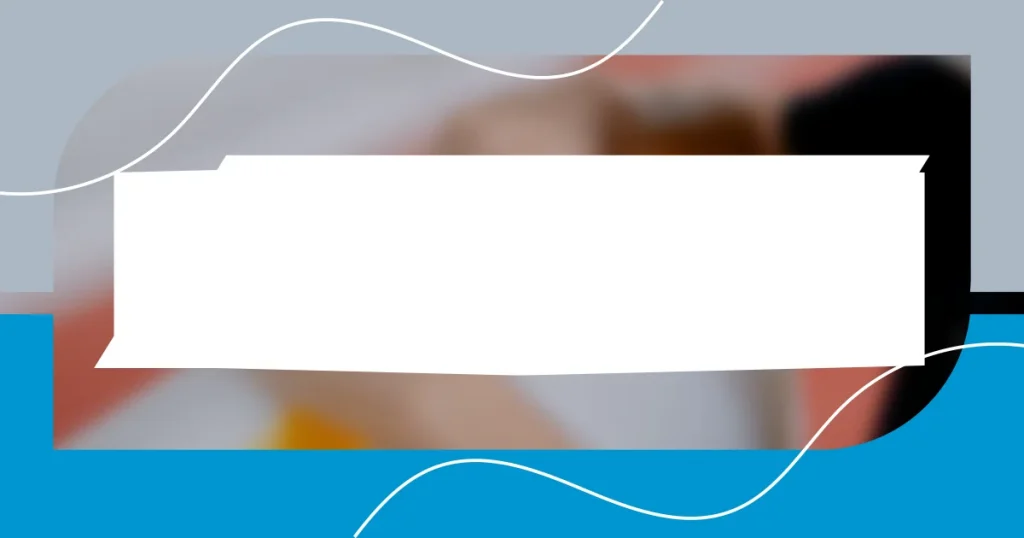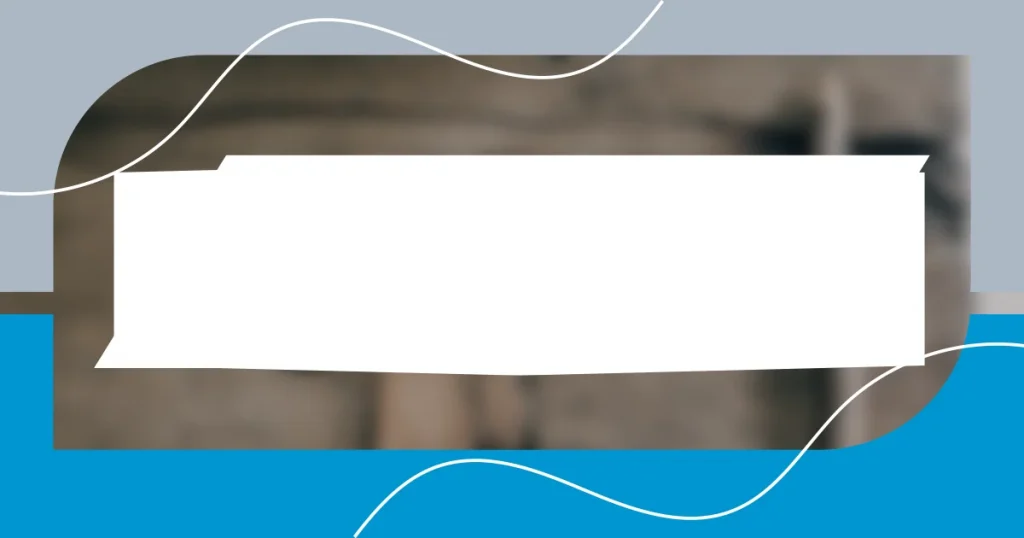Key takeaways:
- Even application strategies emphasize balancing efforts across all sections of an application, ensuring a well-rounded presentation.
- Utilizing tools like project management apps, digital calendars, and feedback platforms can enhance organization and promote a cohesive application narrative.
- Common pitfalls include overemphasizing one area, failing to customize applications, and neglecting proofreading, which can undermine overall effectiveness.

Understanding even application strategies
Even application strategies are all about balancing your efforts across different areas, ensuring that no single part of your application overshadows another. I’ve often felt the pressure to focus intensively on one aspect, like an impressive personal statement, but realized that a well-rounded approach truly shines. Have you ever wondered how a subtle detail can elevate your overall narrative?
A valuable strategy I have adopted is creating a checklist that includes every component of the application process. This not only keeps me organized but also allows me to allocate equal time and thought to each part. I recall a time when I invested so much energy into crafting the perfect résumé that my interview preparation fell to the wayside. The outcome? A lackluster performance that could have been avoided with a more even distribution of my efforts.
Ultimately, understanding these strategies requires self-awareness and continuous reflection. Ask yourself, where do you tend to overcompensate, and why? Identifying these patterns in your own approach can help you adjust and create a more harmonious application. It’s liberating to shift from the pressure of perfection to the comfort of completeness.
Importance of even application techniques
Even application techniques are crucial because they create a balanced narrative that showcases all facets of your experiences. I remember when I submitted a job application where I put my entire focus on my academic achievements, thinking they would secure me an interview. However, it became evident that my volunteer work and soft skills were equally important in painting a fuller picture of who I am. When each section of your application complements the others, it tells a cohesive story that resonates more deeply with reviewers.
Here are a few reasons why even application techniques matter:
- Holistic Representation: Presenting a complete vision of your skills, experiences, and personality.
- Reduced Pressure: Spreading your focus alleviates the anxiety of achieving perfection in one area.
- Increased Competitiveness: A well-rounded application is more likely to stand out in a pool of applicants.
- Enhanced Confidence: Knowing you’ve given equal attention to each section boosts your self-assurance during interviews.
- Stronger Connections: A balanced narrative can forge a deeper connection with admissions or hiring committees.
Tools for achieving even application
Using the right tools can make a significant difference in achieving an even application. One tool I swear by is a project management app like Trello or Asana. These platforms help me visualize and track my progress across multiple application components. It’s so satisfying to check off tasks as I go. This process toned down my anxiety; I felt more in control. Have you ever thought how much smoother things run when you can see everything laid out?
An additional tool I’ve found beneficial is a digital calendar. I use it to allocate specific time blocks for each aspect of my application, from brainstorming to final edits. This technique prevents the tendency to dwindle on one area while neglecting others. There was a moment when I relied solely on my memory, and I ended up missing crucial deadlines. I learned my lesson! Scheduling everything not only keeps my work steady but also gives me peace of mind.
Lastly, feedback tools like Google Docs or collaborative platforms allow for peer review. Inviting a friend or mentor to critique different sections fosters a balanced perspective. I remember when a colleague’s insights transformed my average project into something my audience truly connected with. It’s a remarkable feeling when you realize that others can enhance your work and help ensure that no single element overshadows another.
| Tool | Benefits |
|---|---|
| Project Management App | Visual organization and progress tracking. |
| Digital Calendar | Time management and balanced focus. |
| Feedback Tools | Collaborative review for a balanced narrative. |
Common mistakes in application techniques
When applying for anything, one of the most common mistakes I see is putting too much emphasis on one part of the application while neglecting others. I remember a time when I poured all my energy into crafting a stunning resume, thinking it would overshadow my less polished personal statement. The result? My application felt lopsided, and I sensed that the reviewers noticed the disconnect. Have you ever had that feeling where something just didn’t mesh? It’s disheartening, but it’s a reminder that every section deserves equal attention.
Another pitfall is failing to customize applications for different opportunities. Early in my career, I submitted the same generic cover letter to multiple positions. It frustrated me when I didn’t receive feedback, only to realize later that I’d missed tailoring my narrative to match each role’s unique requirements. When was the last time you took a moment to reflect on how you can uniquely present yourself for each opportunity? Personalizing your documents not only showcases your genuine interest but also illustrates how specifically you fit each role.
Lastly, I’ve often noticed that applicants forget to proofread before hitting submit. I once sent an application with a glaring typo that made me cringe upon realizing it. It seems like a minor slip, but that small mistake can detract from the professionalism of your entire application. Can you imagine how easy it is to overlook what we’ve grown so close to? Taking a step back and approaching your work with fresh eyes can illuminate those overlooked details and enhance your overall presentation significantly.

Tips for troubleshooting application issues
Navigating application issues can be frustrating, but I’ve learned some handy troubleshooting tips along the way. Whenever I face a glitch, I first check for software updates. There was one instance when I was battling a freezing app, only to realize it would’ve been resolved with the latest update. Have you ever felt the relief of discovering that something so simple could fix your problem? It’s like finding the missing piece to a puzzle.
When all else fails, I turn to community forums or support channels. I vividly remember struggling with a submission platform that made no sense to me. A quick search led me to a thread full of users experiencing the same issue. It felt great to know I wasn’t alone! These platforms often hold a wealth of information and tips that might just save your application from going awry.
Finally, don’t underestimate the power of a fresh restart. I once spent an entire evening troubleshooting an application issue only to find that rebooting my computer solved everything. It was a moment that made me reconsider how stubborn I can be about finding other solutions. If you’re grappling with something that just won’t budge, why not try stepping away for a quick break? Sometimes, the best ideas come when you least expect them.
Maintaining consistency in application results
Consistency in application results often hinges on systematic follow-through. I recall a time when I was excited to apply a new strategy I’d read about—setting specific goals for each application element. I meticulously broke down my tasks, only to find I’d focused too heavily on initial edits and neglected the follow-up steps. Have you ever faced a similar struggle where the enthusiasm fades into the shuffle of daily tasks? Keeping a checklist can anchor you to your goals and ensure nothing falls through the cracks.
Another crucial part of maintaining consistency is tracking your application progress. In one of my earlier job searches, I created a simple spreadsheet to monitor which roles I’d applied to, and the dates of my submissions. I still remember the sense of control it brought me during a chaotic period. Was there a moment when you felt overwhelmed by the number of opportunities? Documenting your journey offers clarity and helps you adjust your strategies on the fly, refining your approach for better results.
Lastly, reflecting on your outcomes is vital for maintaining consistency. After each application round, I take time to analyze what worked and what didn’t. It was surprising how insightful these reflections turned out to be. Can you think of the lessons you’ve learned from past experiences? Embracing this practice not only sharpens your future applications but builds your confidence, transforming each setback into a stepping stone toward success.











